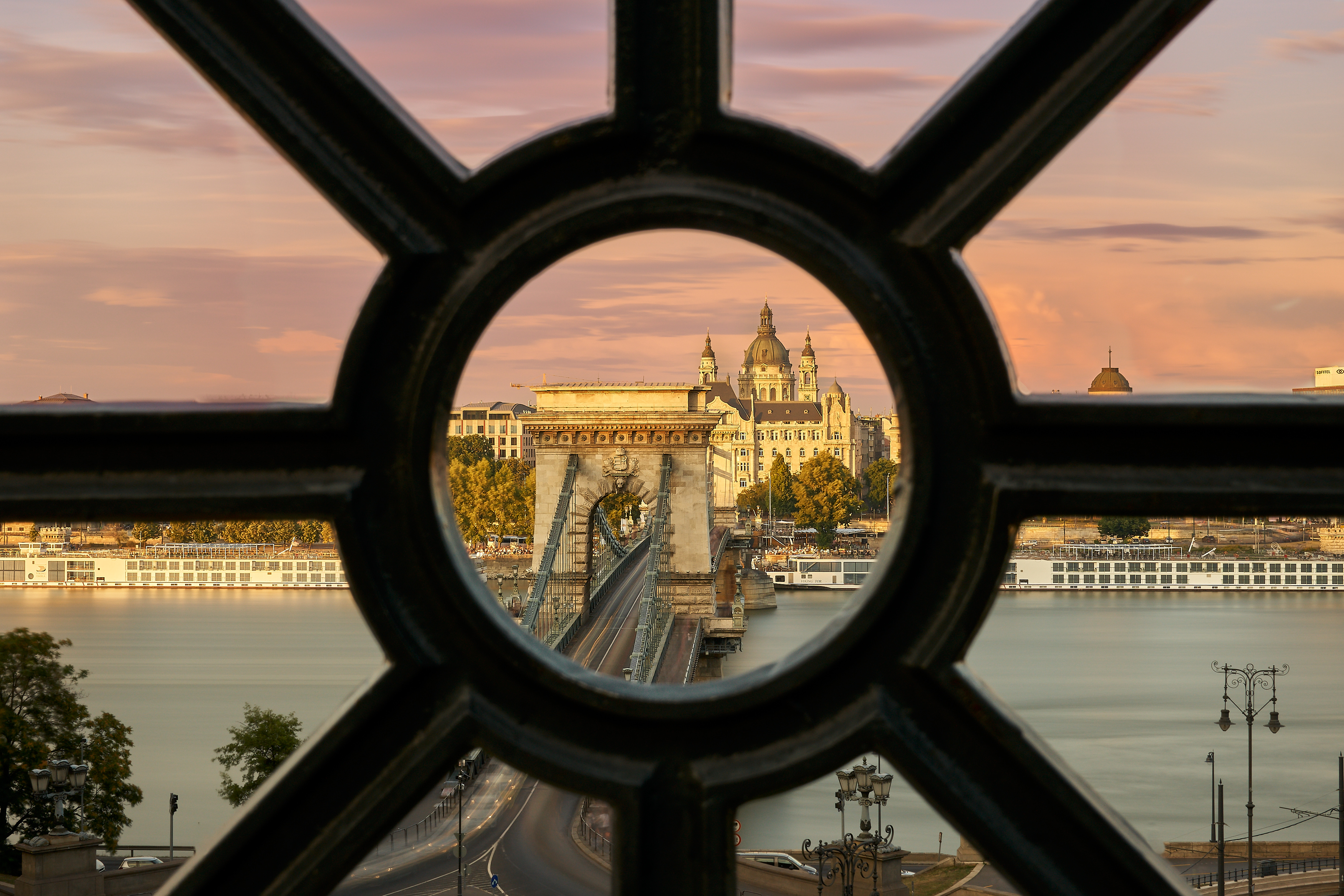Budapest and the Chain Bridge are inseparable. Built between 1839 and 1849, the structure is not only a must-see but is a popular backdrop for film shoots and video clips. Last renovated in 1988, the bridge has been the subject of much recent conjecture, its condition increasingly incompatible with its cultural and historical value. The revamp finally begins at the end of this month, with works expected to go on until 2023. The bridge will be closed to traffic for 18 months.
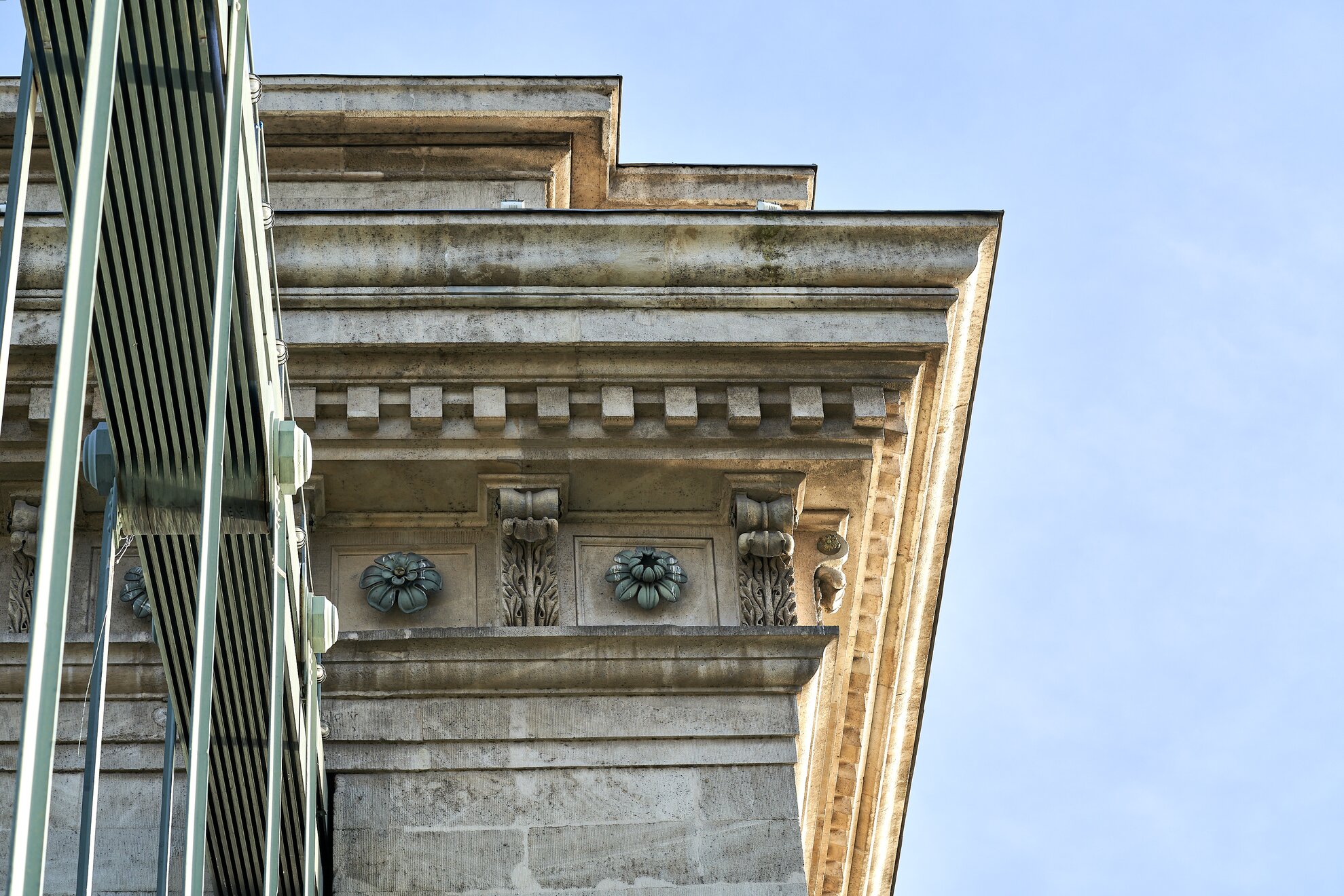
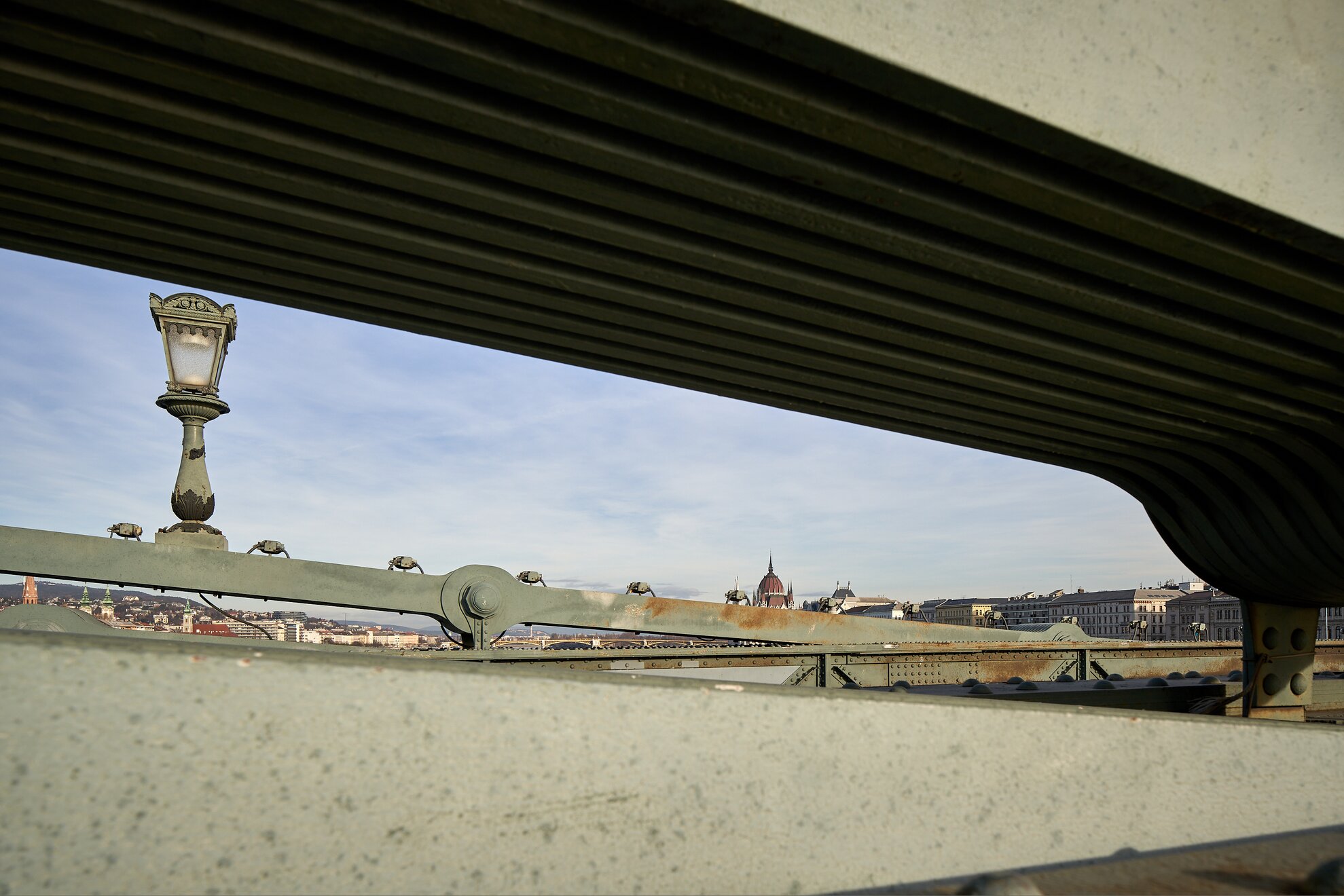
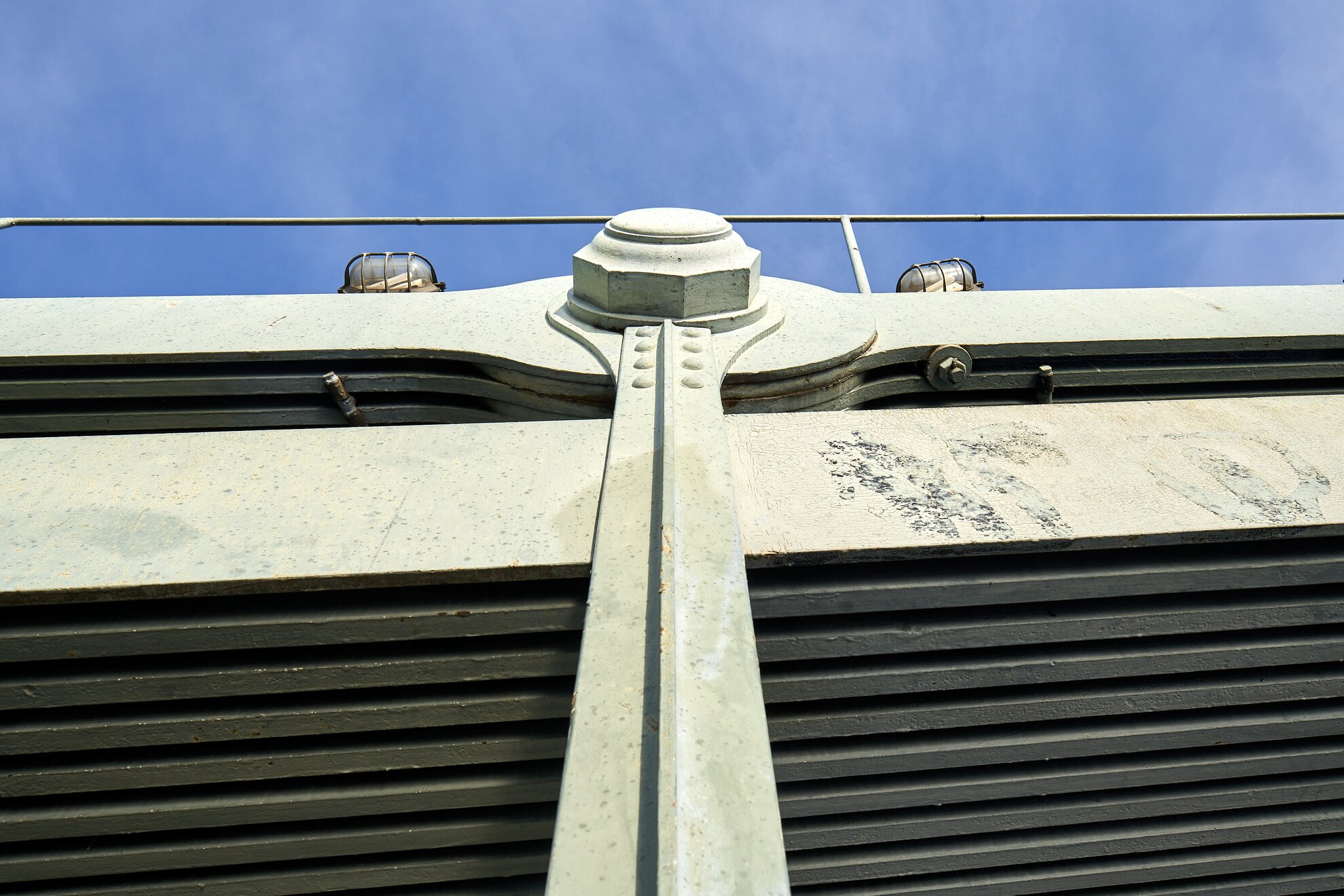
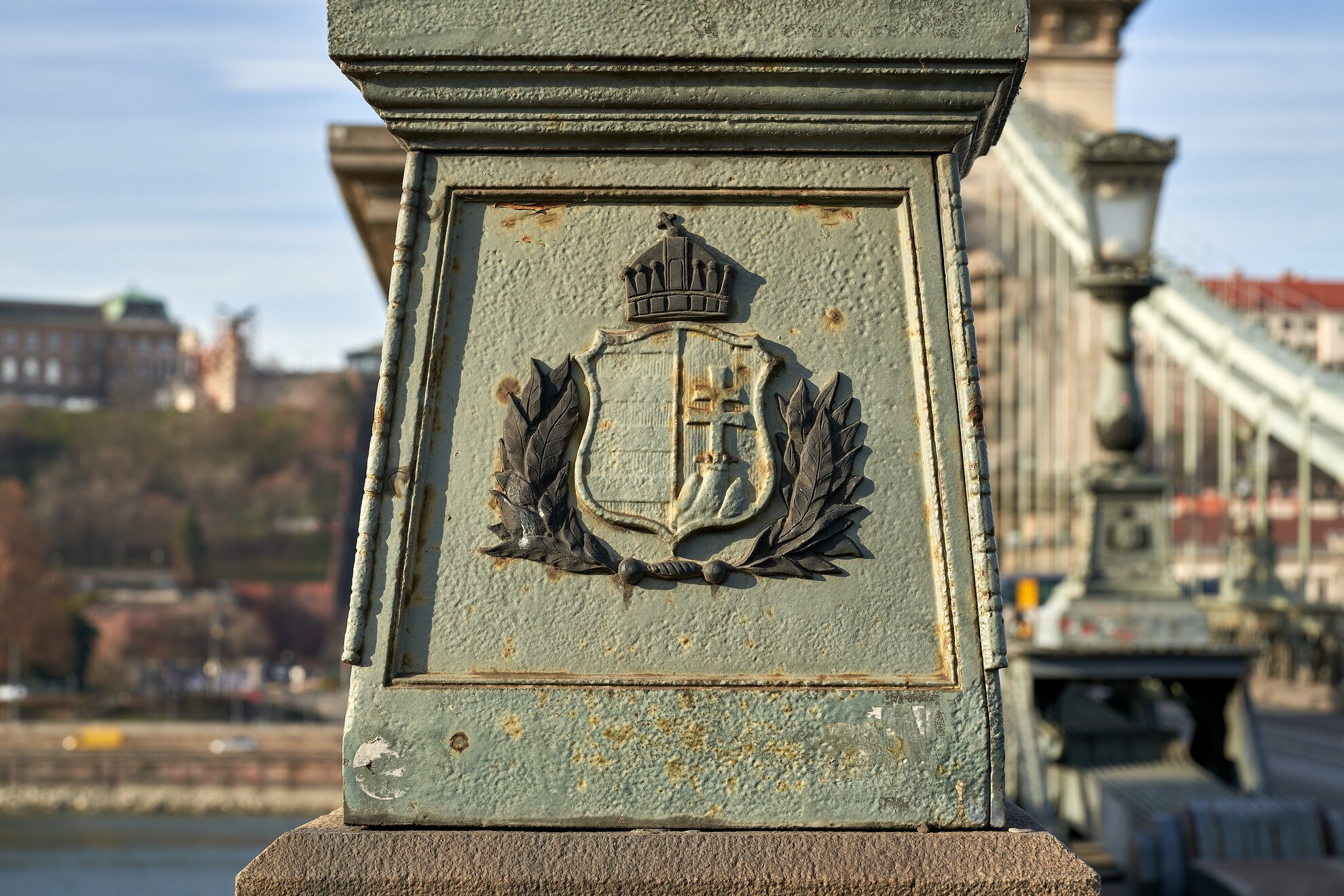
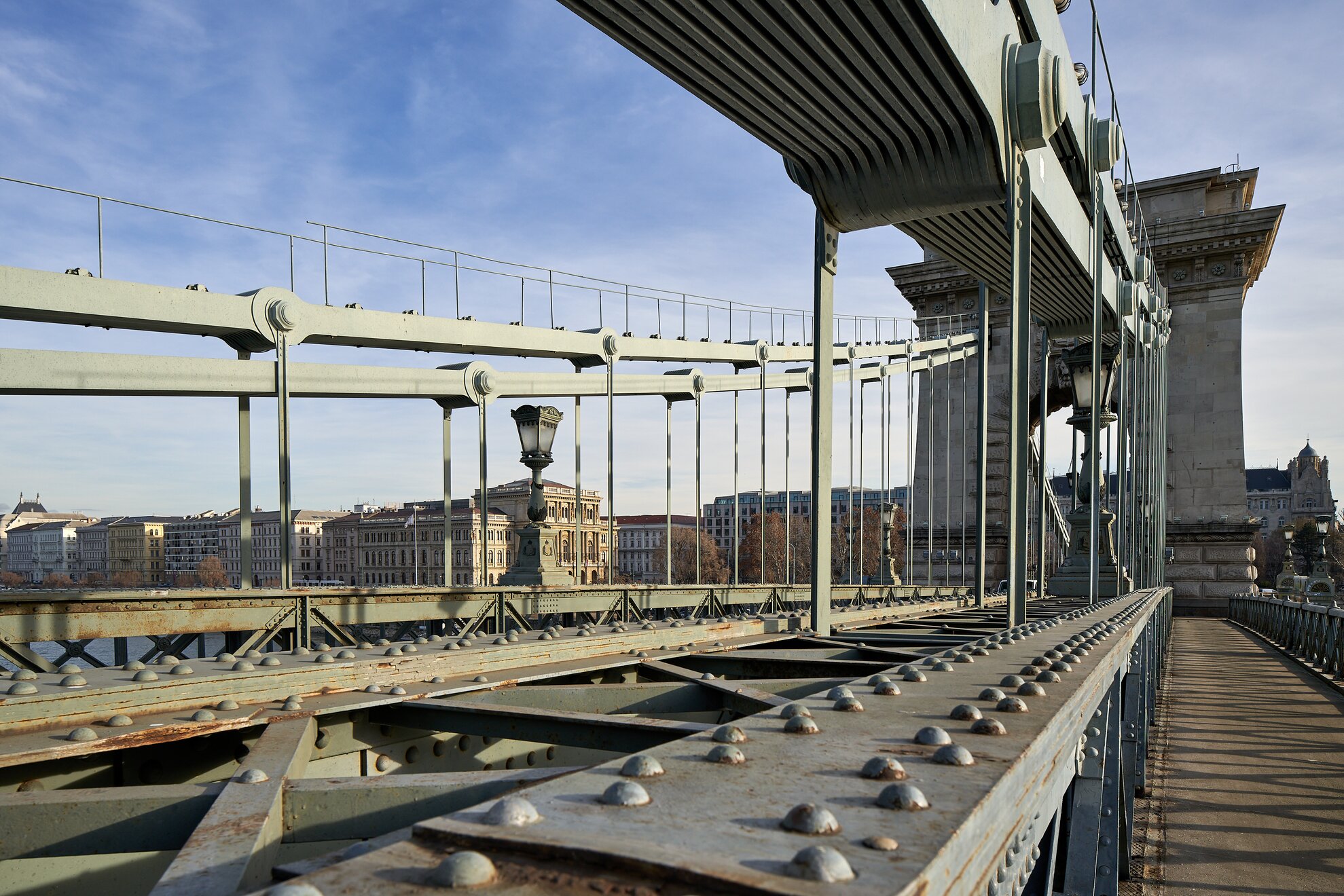
Designed by English engineer William Tierney Clark and built by Scottish engineer Adam Clark, the first segments of the bridge were laid down on 28 July 1840 on the Buda bank, while the finished structure was formally inaugurated on 20 November 1849. Head of the ceremony was Austrian general Julius Jacob von Haynau, the feared suppressor of the Hungarian Revolution of 1948 and responsible for subsequent brutal retaliations.
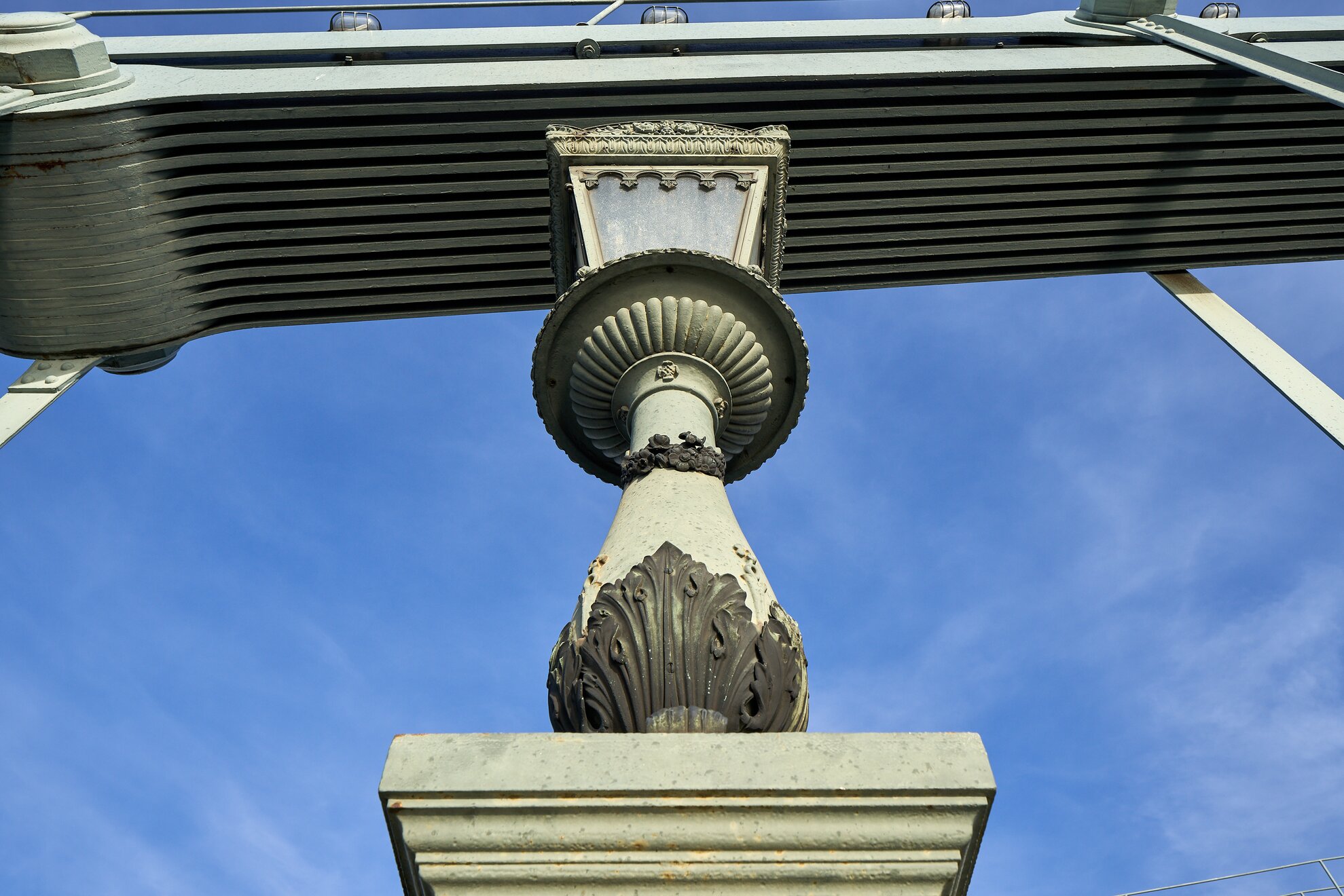
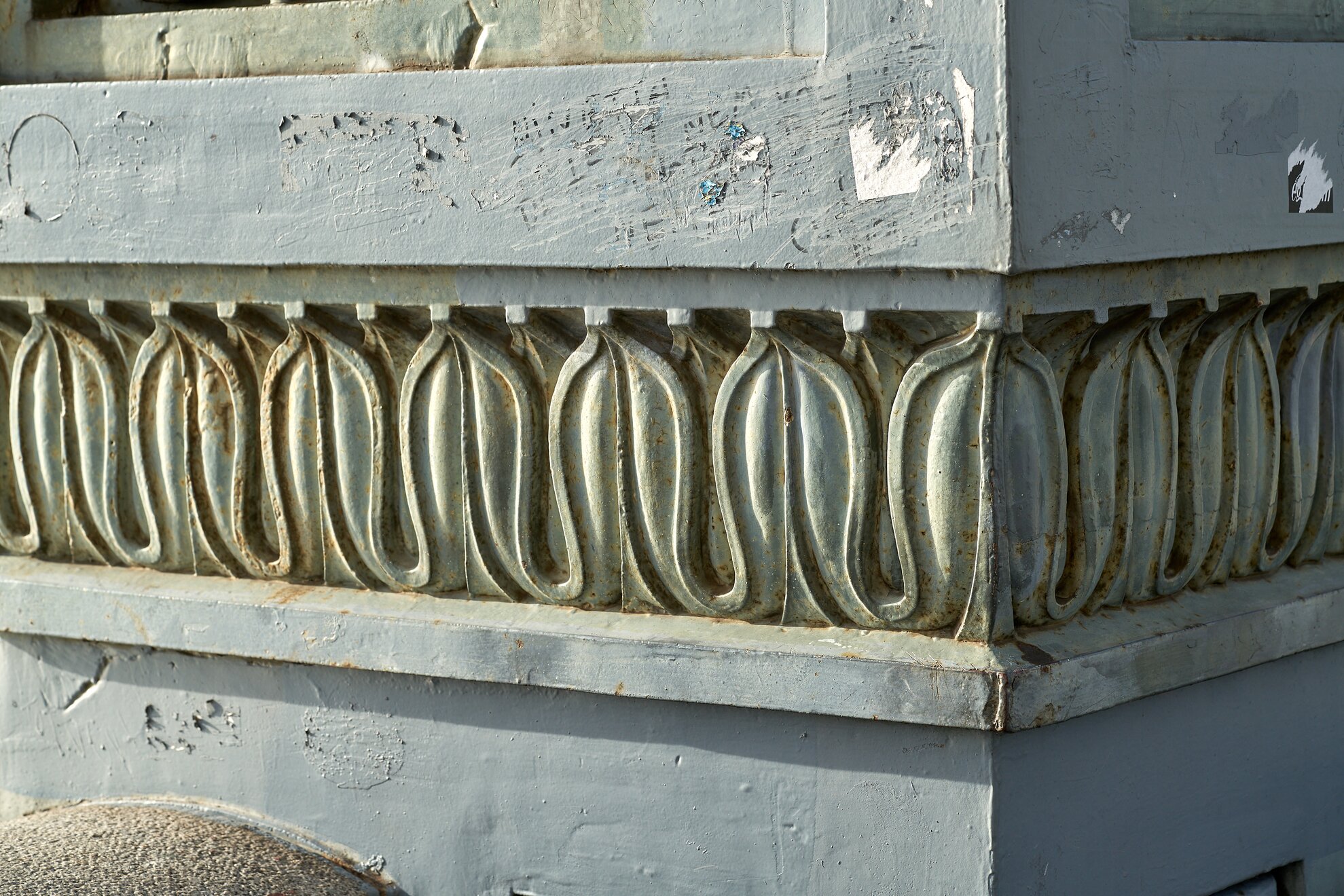
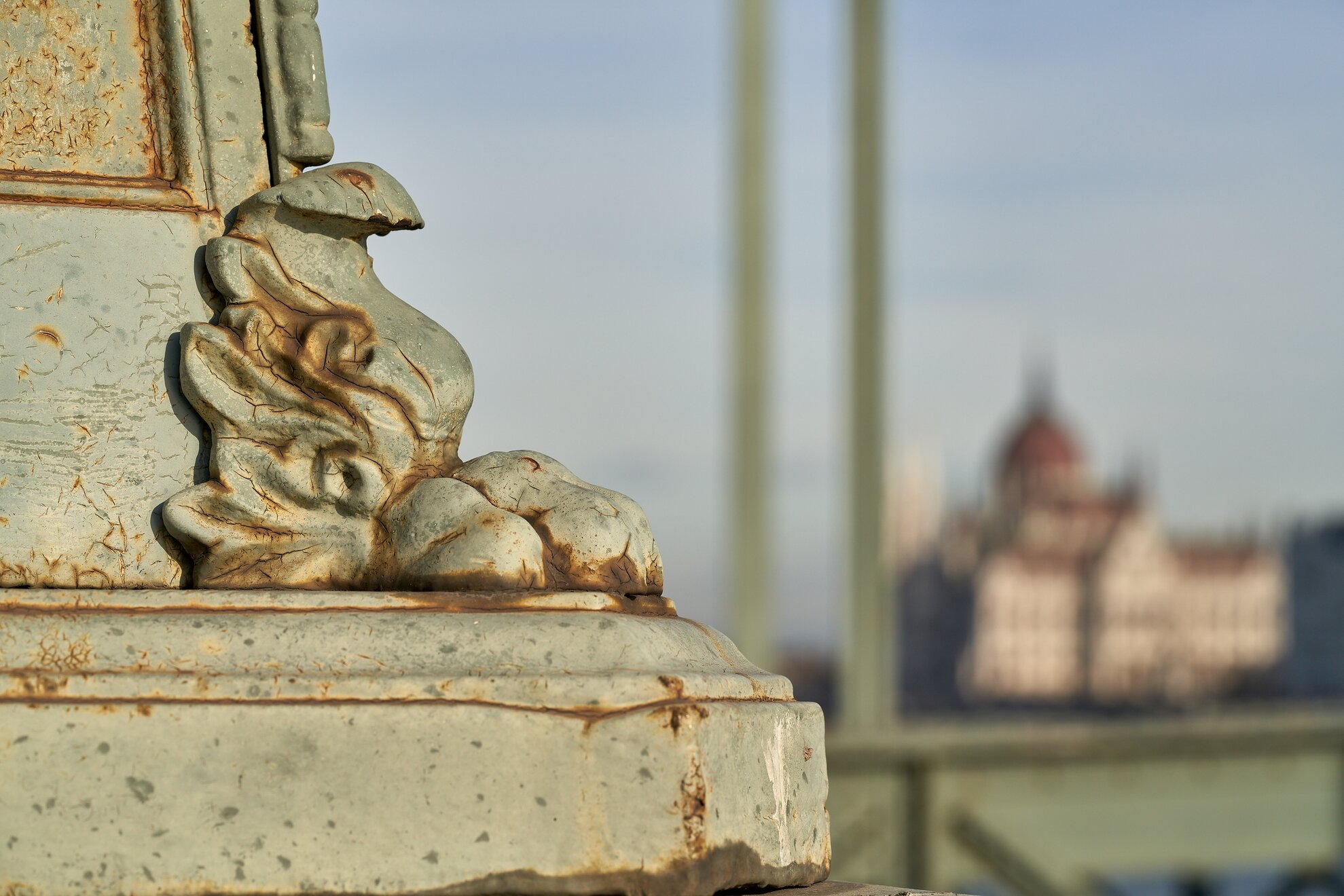
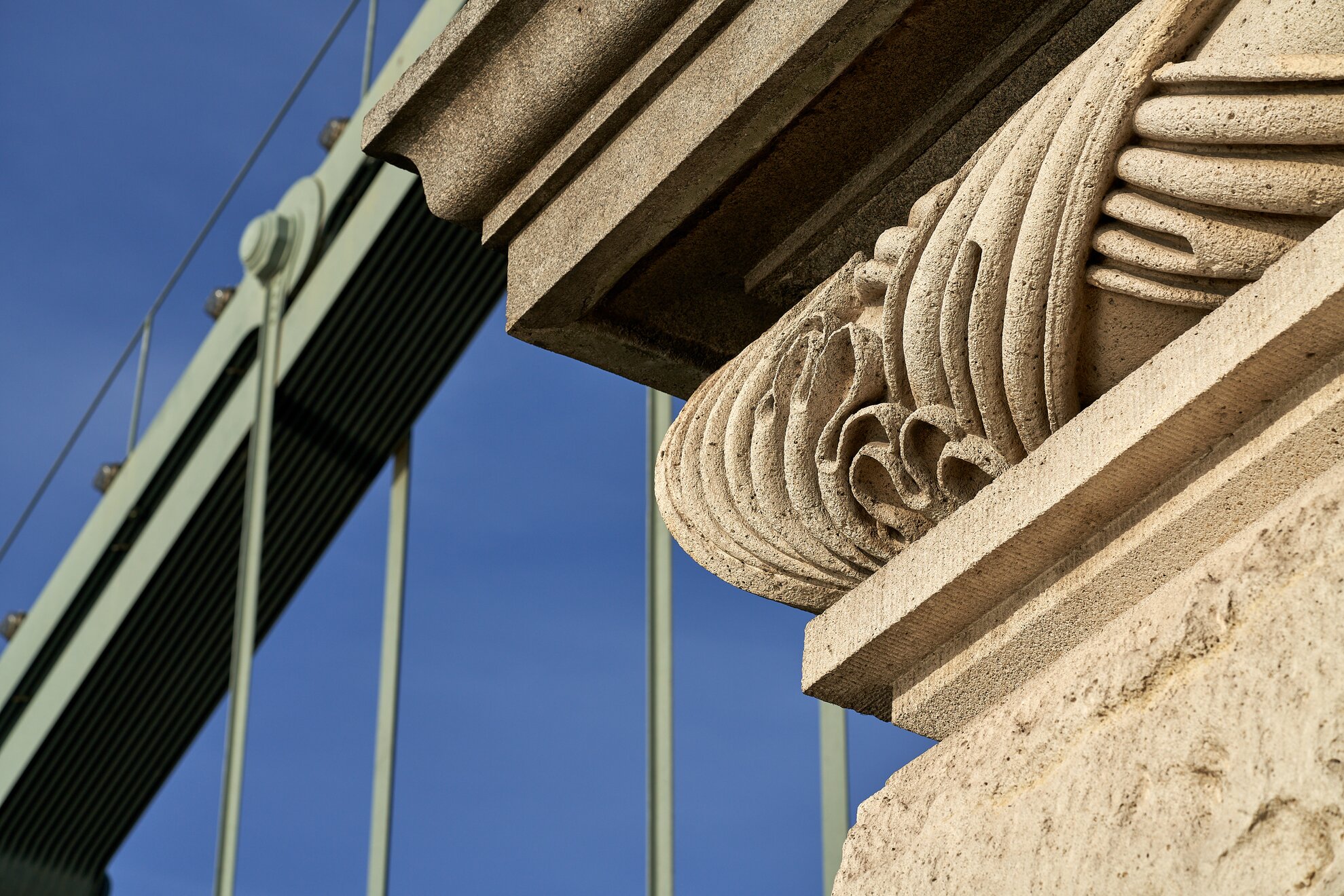
Attempts were made to blow up the unfinished bridge during 1848 uprising to prevent enemy troops from crossing it. Shortly thereafter, the structure was hit by the Austrian army during the Siege of Buda in 1849. During World War II, the retreating German troops blew it up in January 1945, leaving the Pest anchorage completely destroyed, while the one on the Buda side survived the detonation.
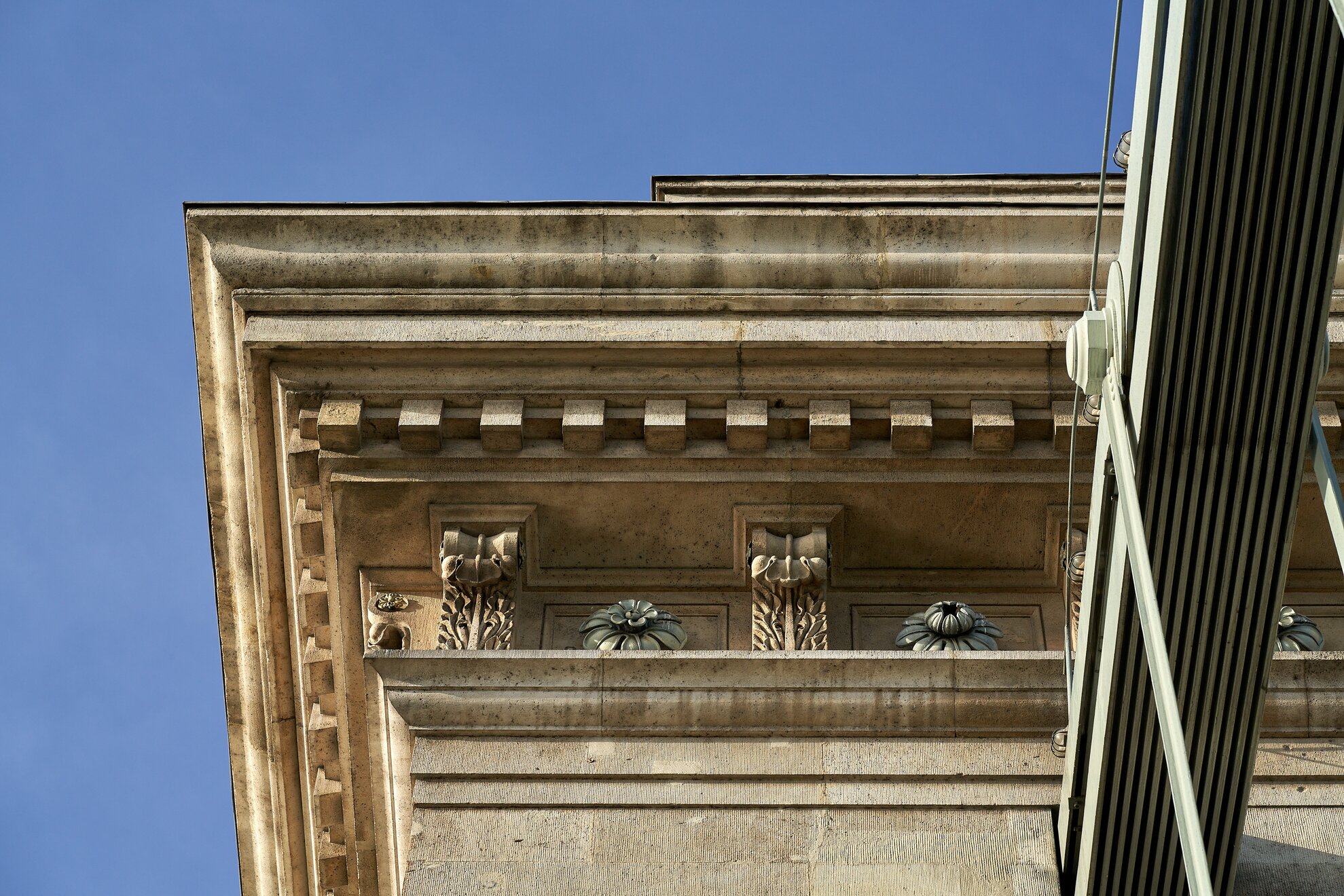
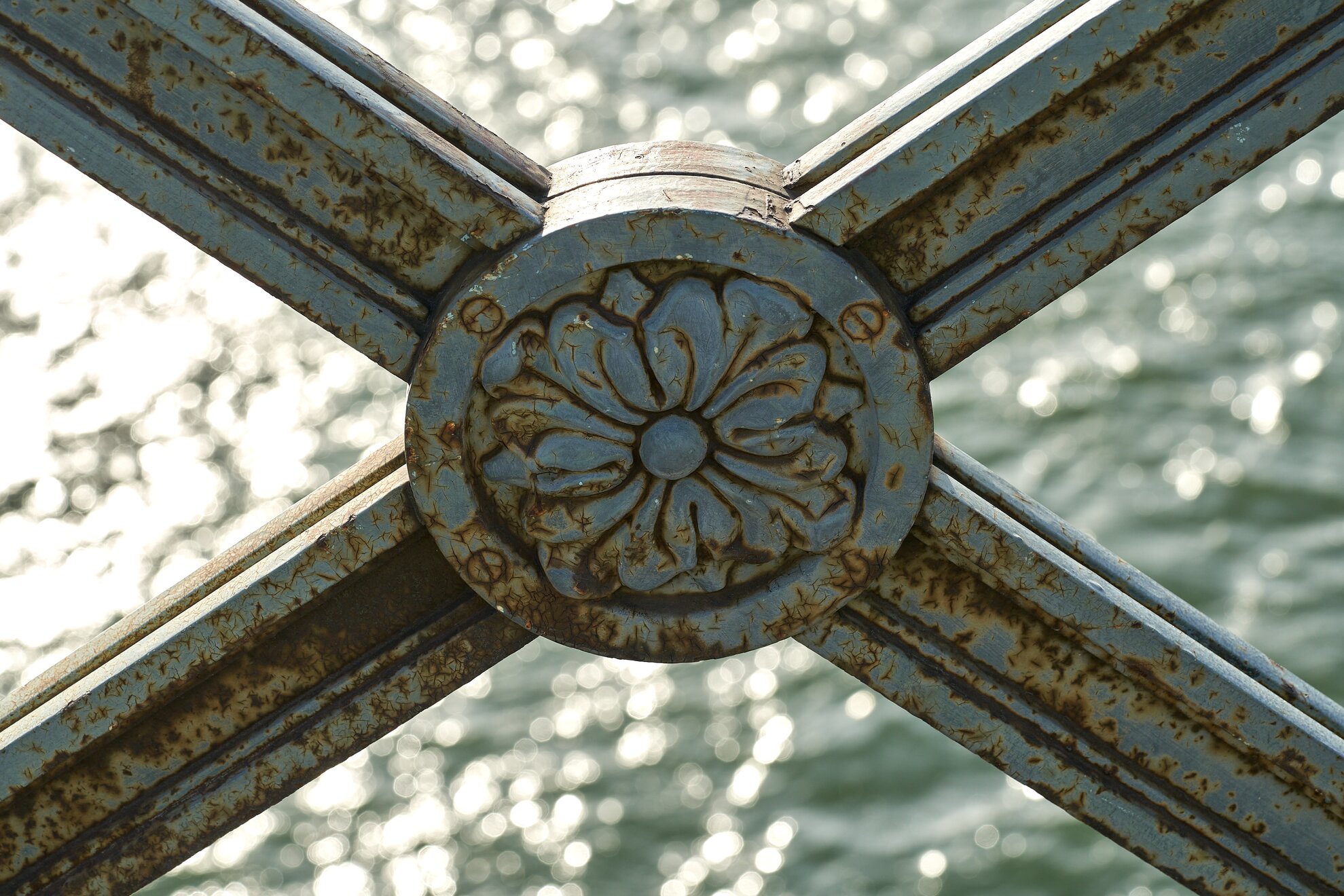
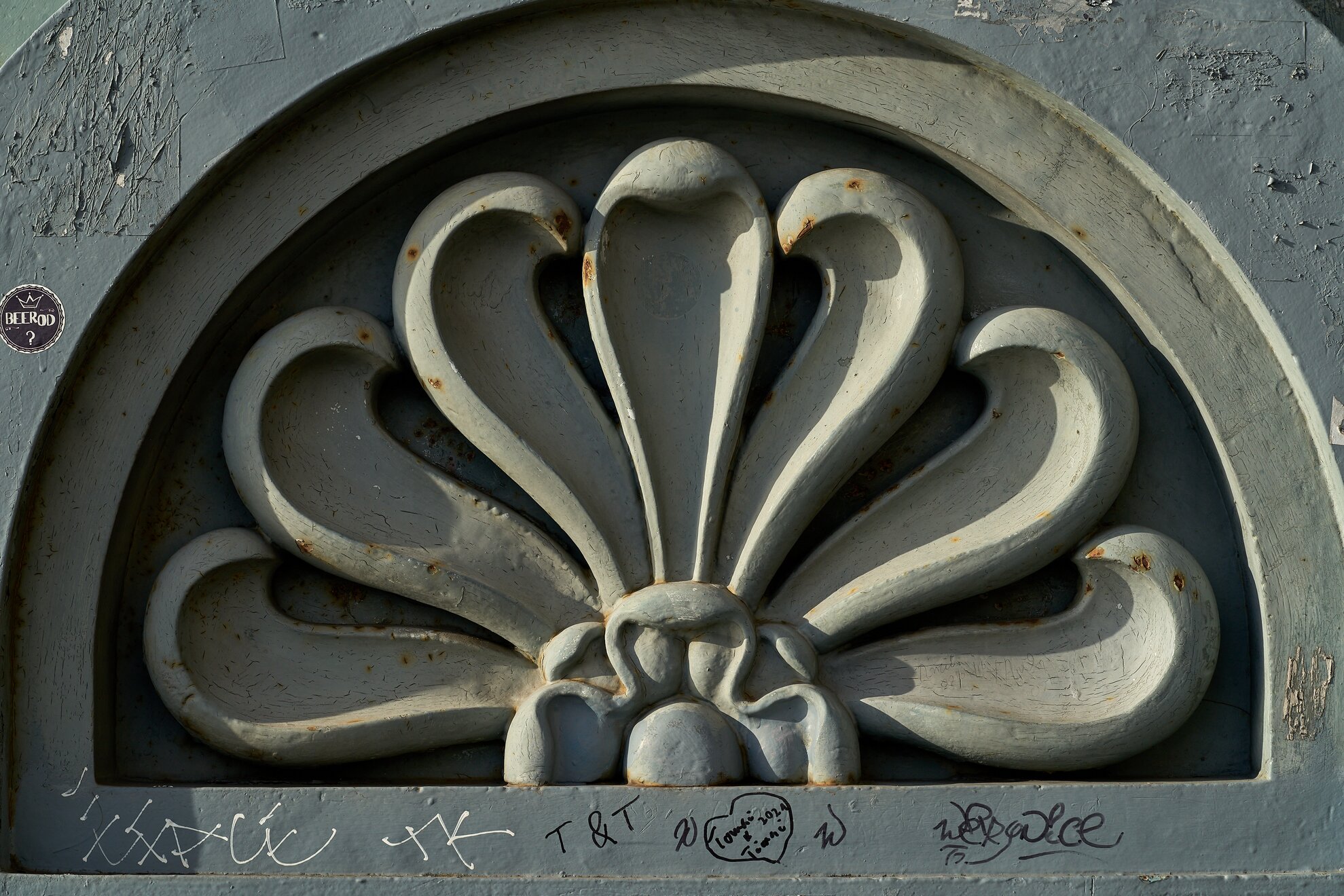
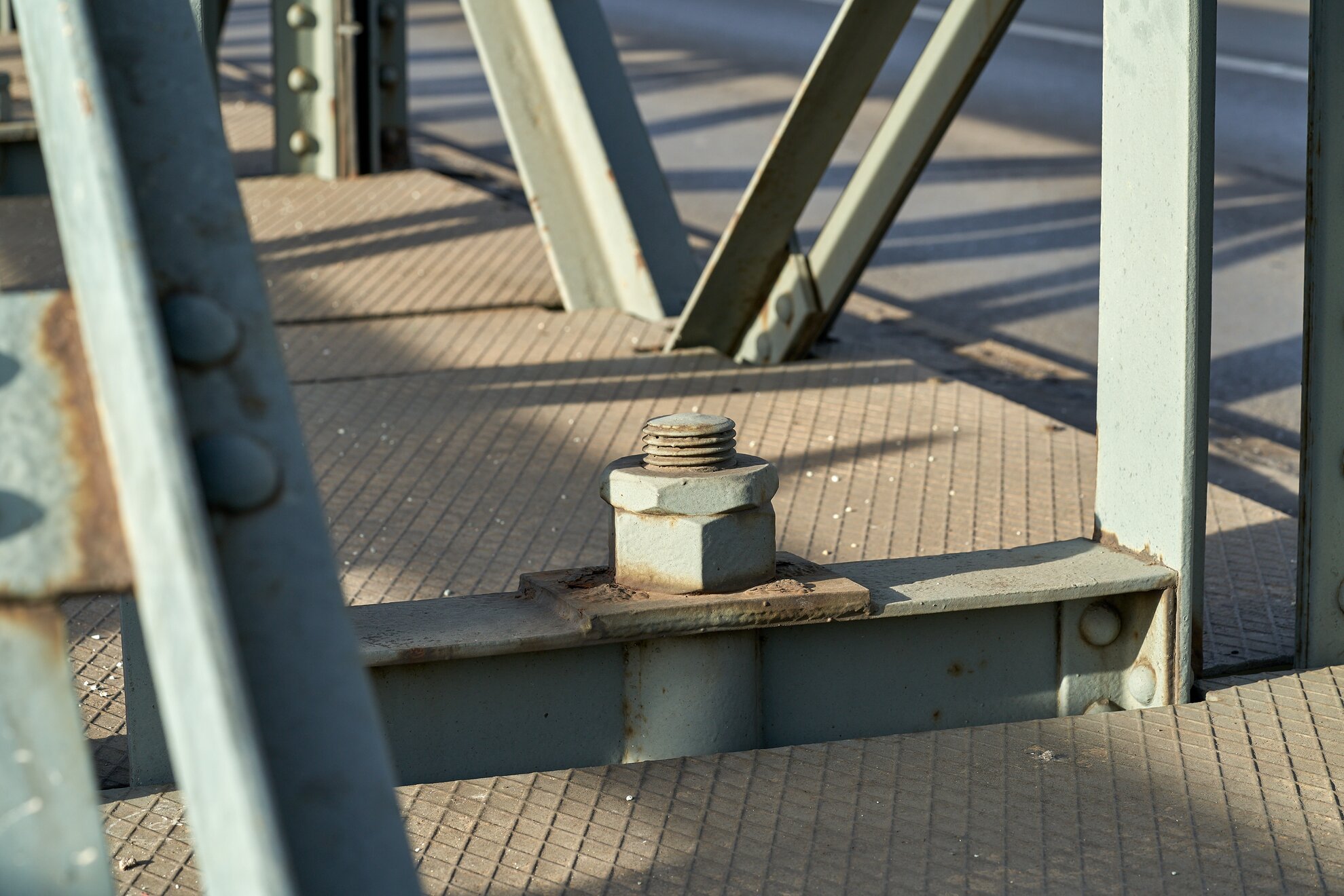
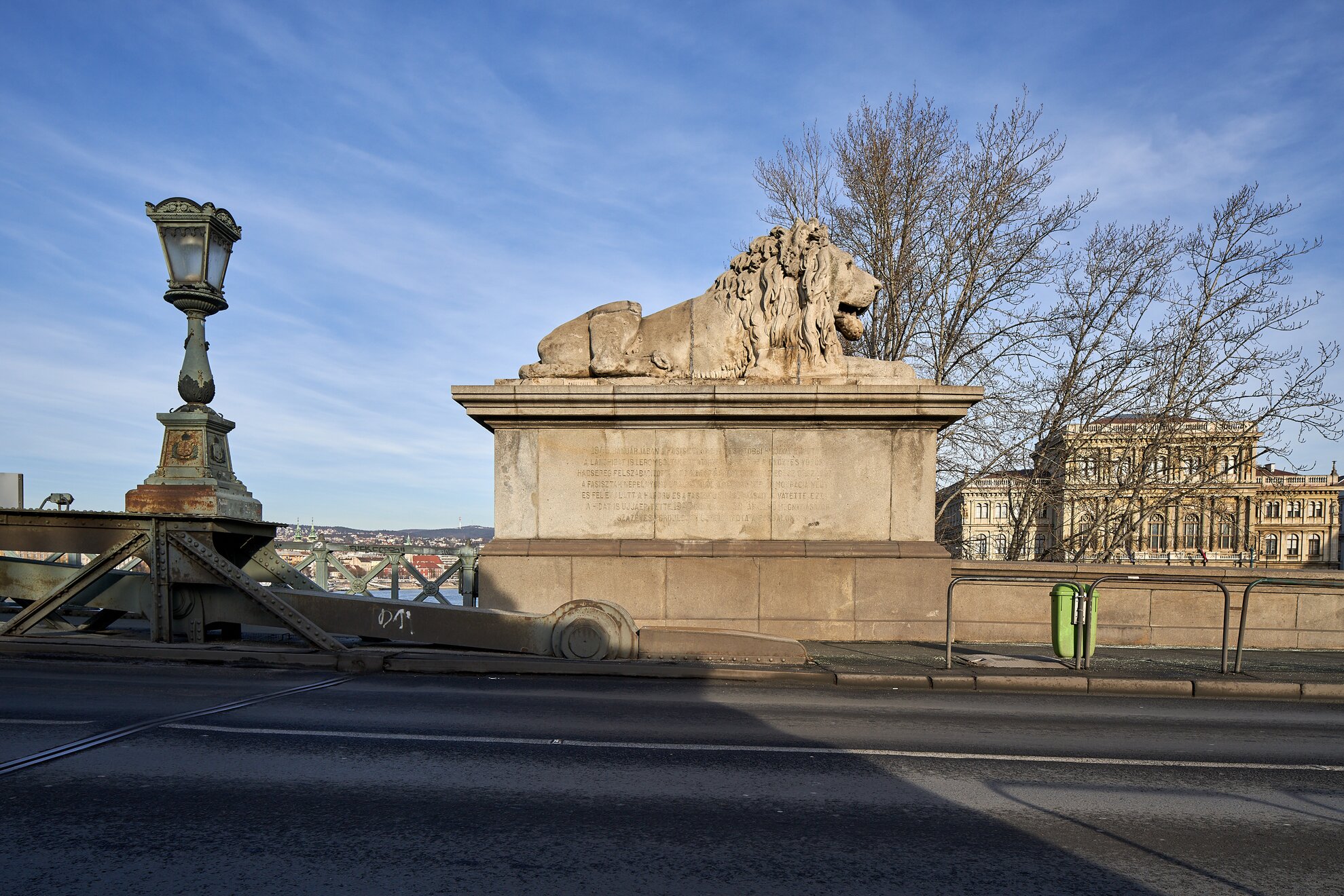
The emblematic stone lions at each of the abutment were created by Hungarian sculptor János Marschalkó. Local lore has it that the bridge, and the stone lions with it, are pulled into the tunnel to shelter them when it rains.
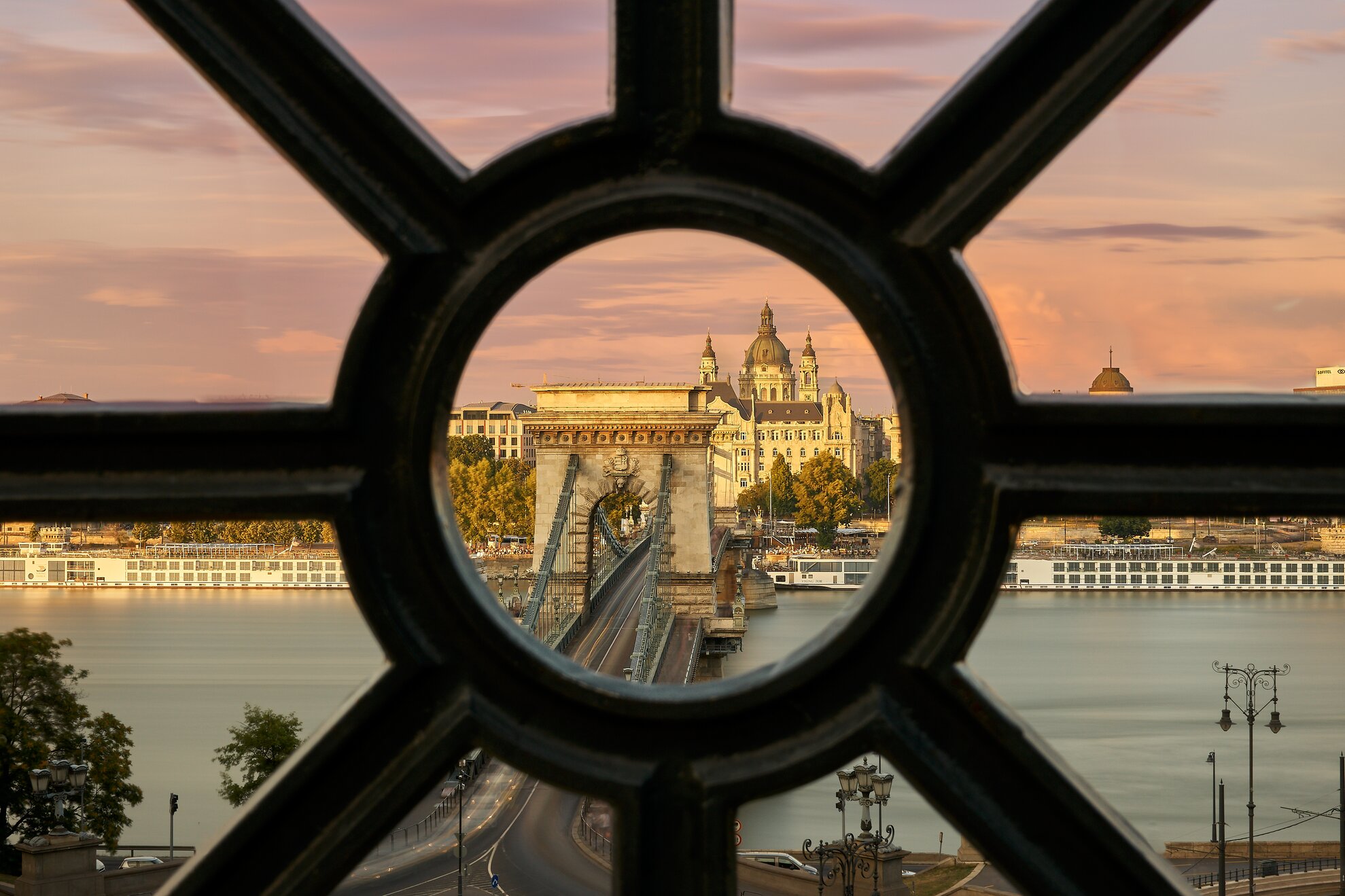
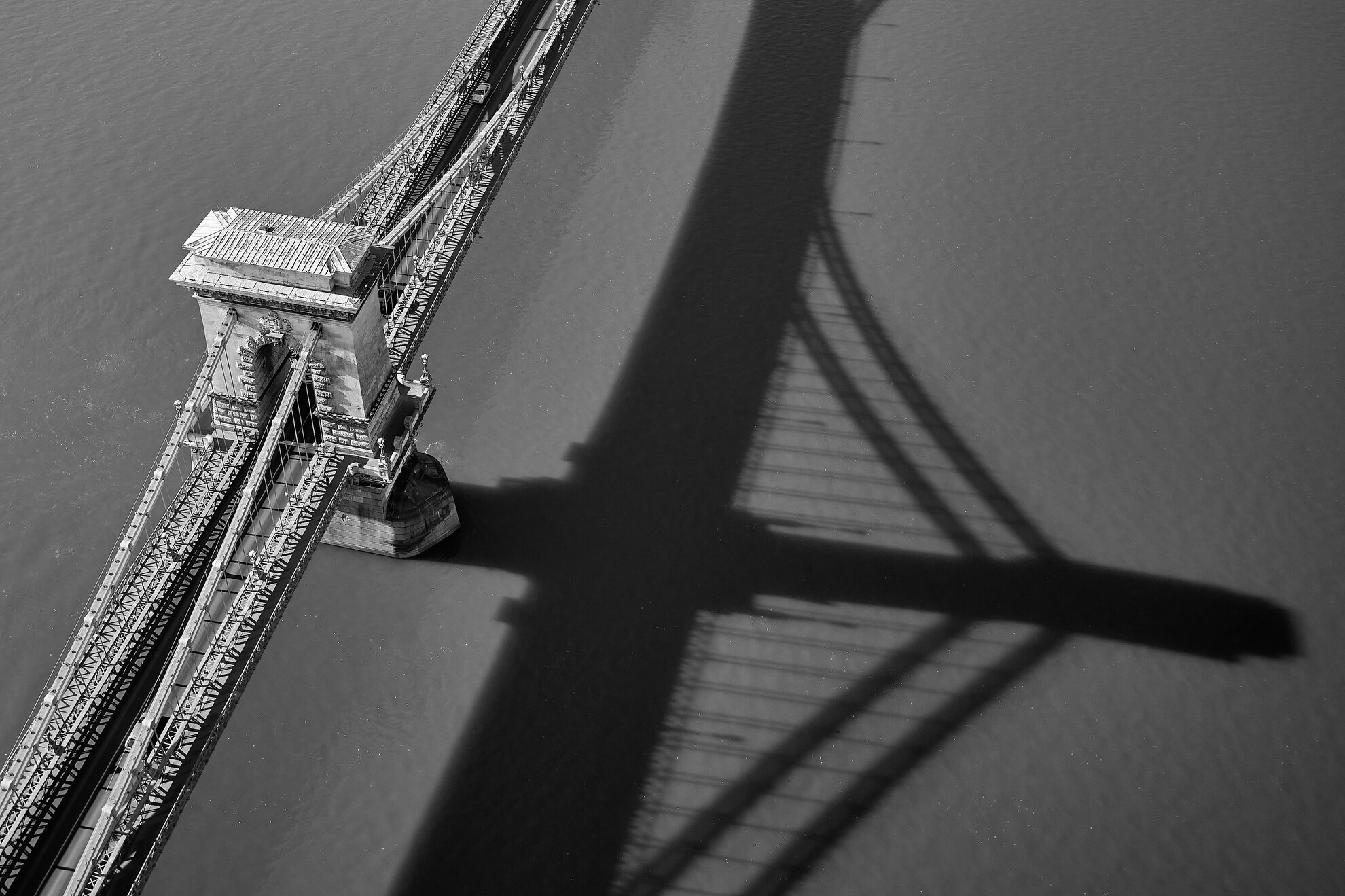
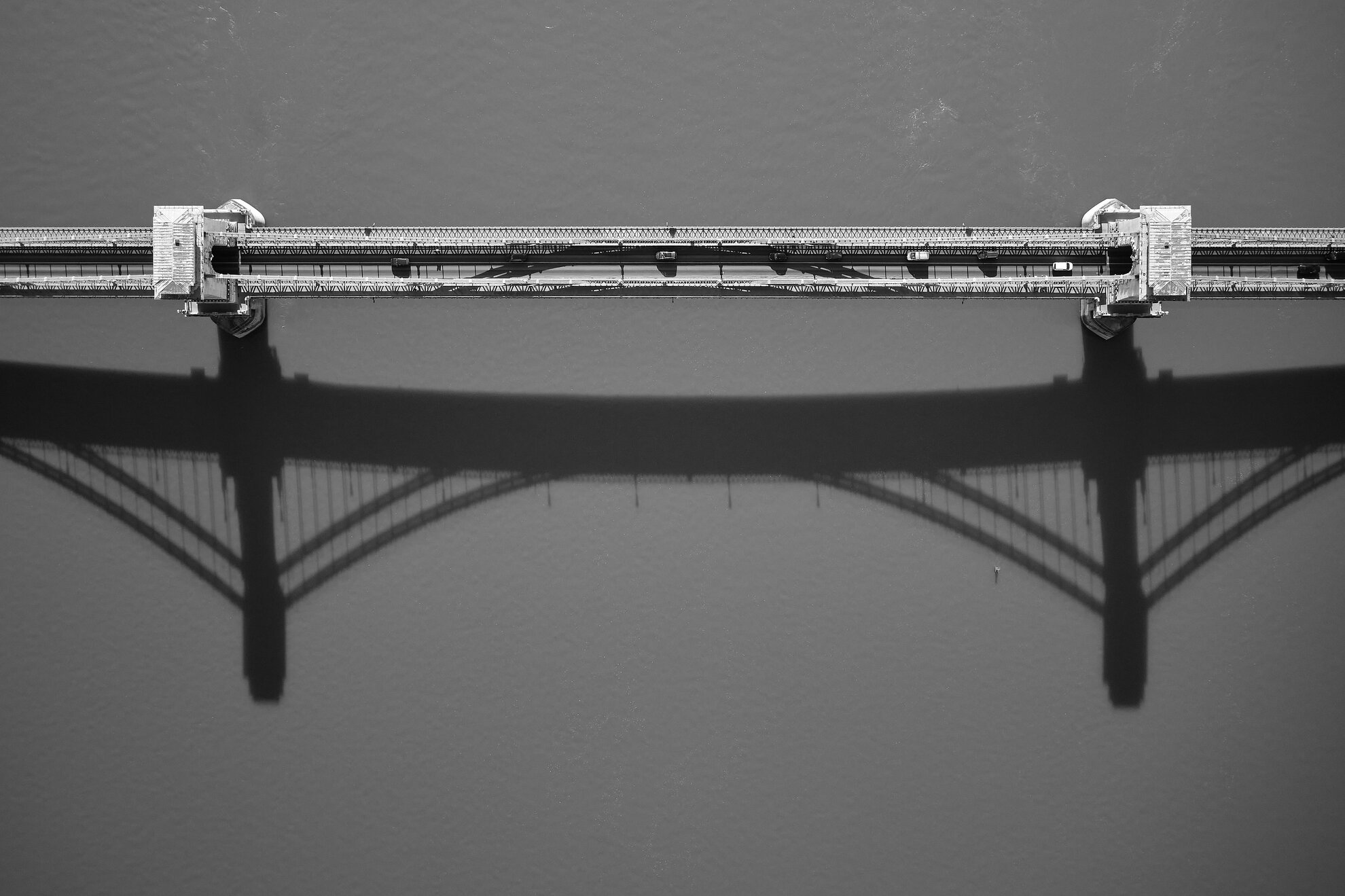
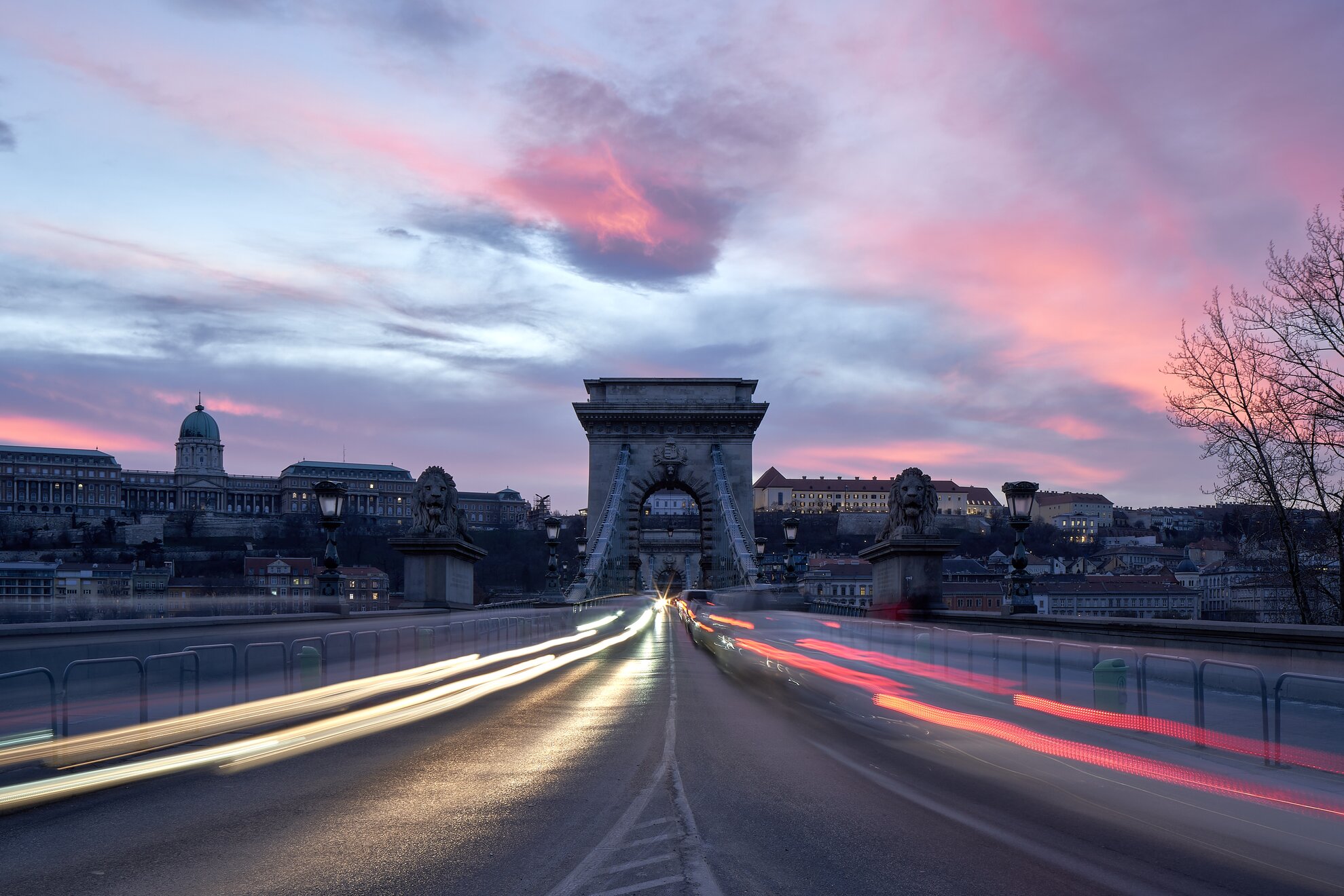
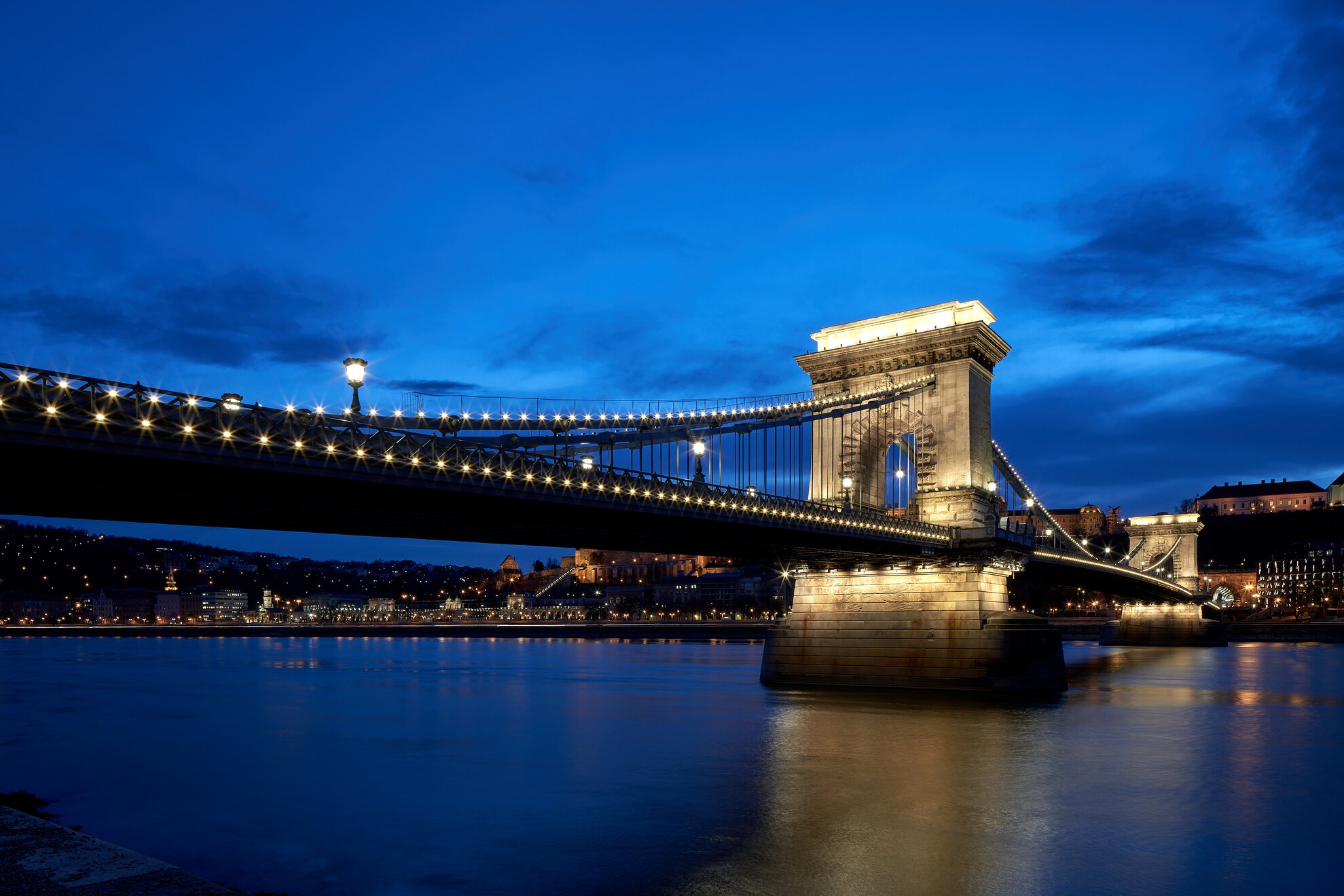
Renovation plans include the complete removal and replacement of the roads running over the bridge, while its steel structure is to be repaired and made resistant to rust. It will also regain some monumental elements formerly present, such as the bronze plaques of Count István Széchenyi and György Sina, who organized the funding of the landmark. In addition, eco-friendly LED lighting will be established, creating a decorative as well an environmental aspect to the revered bridge.
See more about Tamás Dragon and his photography
here:
WEB
Instagram
Behance
